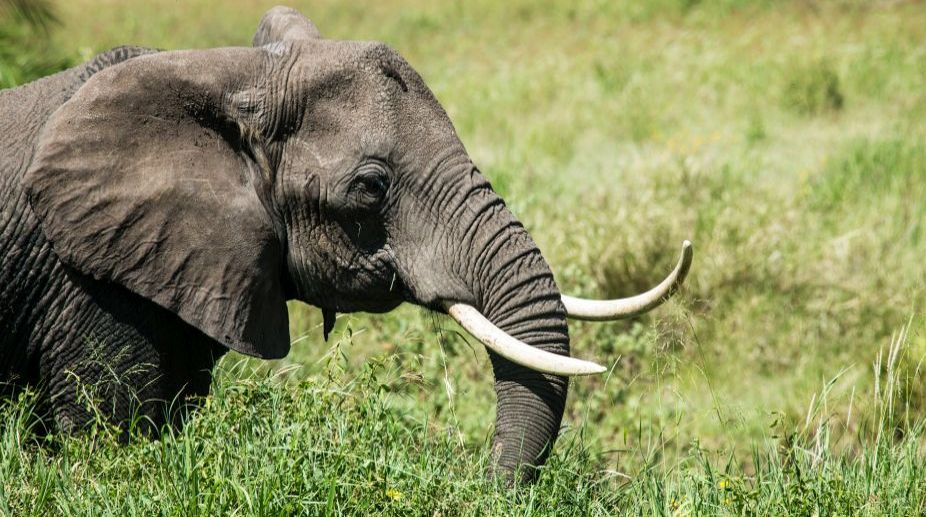PM Modi lauds Assam’s ‘Hathibandhu’ initiative in his Mann Ki Baat address
Prime Minister Narendra Modi praised Assam’s innovative 'Hathibandhu' initiative for mitigating human-elephant conflict during his monthly Mann Ki Baat address on Sunday.

Representational Image (Photo: Getty Images)
The elephant is the largest land mammal, and even a herd seen from half a mile away, grazing on a hilltop is an impressive sight. Seen from close quarters in a forest clearing, a big tusker can literally dwarf the hills beyond him. In fact it takes long experience of wild elephants to overcome a natural tendency to grossly over-estimate the size of a biggish bull seen from close quarters. But an elephant in water is a very different proposition.
Several times I have had the opportunity to observe lone bulls and herds cross the many-armed lake formed by the dammed-up waters of the Periyar. What is strikingly impressive about swimming elephants is that so little of them can be seen above water. You know the rule about floating icebergs that only a sixth of them shows above the surface of the water-with elephants it is even less.
Advertisement
All that you see of an elephant in deep water is the boss of the head or at times a convex back seen momentarily in a porpoise-like roll, seldom is the head seen clearly above water, and quite often the only part of the elephant seen above water is the tip of its trunk coming up to breathe.
Advertisement
In fact, when a herd is swimming across the river, it is quite possible to overlook its passage altogether-so little is seen of the swimming beasts I remember following a herd across the Periyar in a motor boat, and my companion who had not noticed the elephants entering the water, excitedly pointed to the few dark humped backs rolling through the water and exclaimed that they were dolphins.
Elephants are actually almost as much at home in water as on land. Even quite young calves will take freely to the water though at times they have to be persuaded by their mothers and “aunts”. Sometimes a very young calf may insist on support and I have seen one practically stealing a ride on its mother’s trunk-the weight of even a big elephant in the water is negligible. It is fascinating to watch a herd preparing to cross a river.
Two or three of the older cows lead it to the water and are very choosy over the place of entry, finally they decided to cross at a particular point, and perhaps the slope of the bank and the strength of the current are major factors influencing their decision. Once the leading cows have entered the water, the rest of the herd follows, reluctant young animals being pushed bodily in.
The herd swims more or less straight across and again there is a little fussy selectiveness in deciding at what point of the opposite bank the elephants should land. Once they climb out they shake themselves vigorously with much swishing of tails and trunks to rid themselves of the water.
Usually they indulge in a dust bath flinging the warm earth over their backs with their trunks.
(This was published on 23 May 1966)
Advertisement